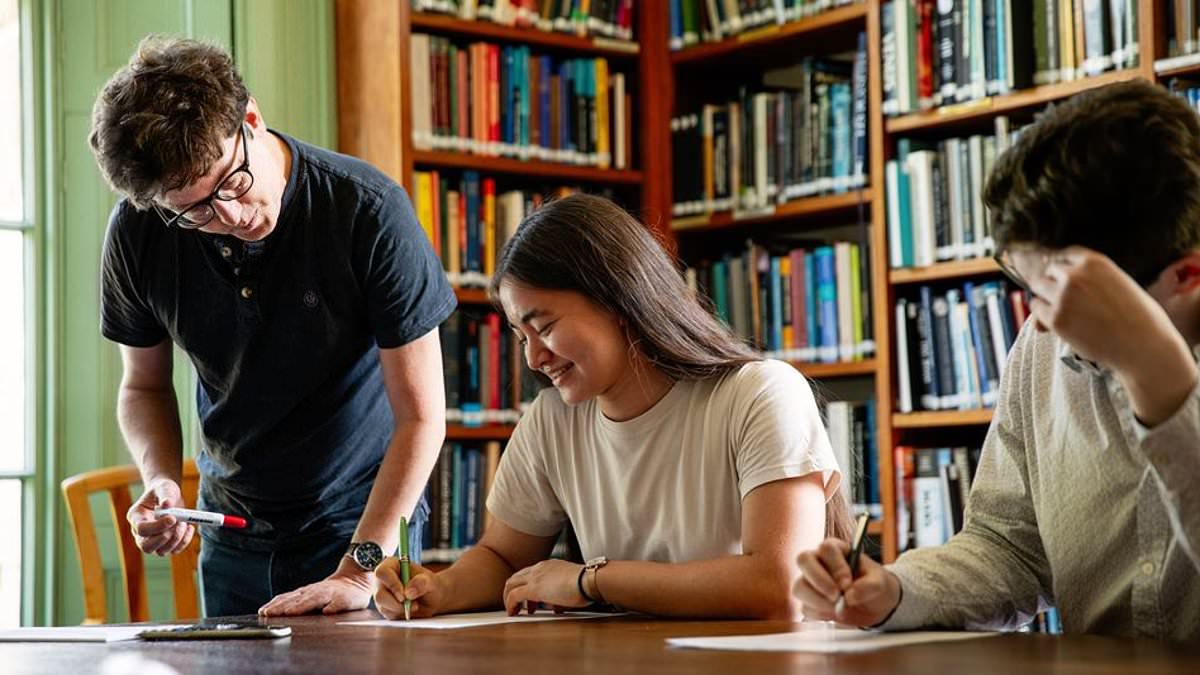Overview
The scrapping of state school admissions targets at Cambridge, announced earlier this year, is not a sign that the university no longer cares about fairness in its entry processes. Instead, it is evidence of the success of its policies over the past decade, which have gone a long way to eradicating the dominance of private schools, with 72.9% state school admissions in 2022. Based on the words of new vice-chancellor, Professor Deborah Prentice, regional disparities in admissions may be addressed next. Last September, 52.5% of undergraduates came from London and the South East, while 1.8% came from the North East and 5% from Yorkshire. Application numbers are stable, with around six applications for each place. The minimum A-level offers range from A*A*A to A*AA, in contrast to Oxford, which puts more store by its admissions tests and makes many offers at ‘just’ AAA. There are 29 undergraduate colleges to choose from, and it pays to visit before applying to see where you might best fit in. Not all are chocolate-box pretty, and not all are bang in the middle of the city centre. Applications close on October 15.
Paying the bills
Cambridge goes to great lengths to ensure students are not put off from applying on financial grounds. There were more than 3,700 awards paid to undergraduates in 2022-23, demonstrating that Cambridge is no longer the bastion of privilege it once was. The maximum bursary of £3,500 a year is given to students from homes with an income of up to £25,000. This tapers to £2,130 when the income hits £40,000, and £1,210 at £50,000. The lowest payment of £100 is made at £62,215. Enhanced bursaries which add up to an extra £2,100 per year for those with the lowest household incomes are paid to estranged students, care leavers and medical and veterinary students in their clinical training years. As well as the awards paid centrally, which cost the university more than £11m, there are prizes paid for by donors, colleges and departments. Accommodation prices vary between colleges, so it pays to do your research. Students often live in college for the duration of their degree, and prices without food can start at close to £4,500 for 30 weeks. The university estimates that students should budget £10,950 for living costs for the upcoming academic year.
What’s new?
When you have been in existence for more than 800 years, there is not a lot that is new. Cambridge has finely honed what works and is not about to change its modus operandi now. There are no new degrees being introduced next year, and there probably won’t be the year after that, either. You won’t find degrees here in international tourism management, but you can study Anglo-Saxon, Norse and Celtic… That’s not to say that the courses put you in an academic straitjacket. Natural sciences, for instance, can be configured in so many combinations that it would be almost impossible not to find one to suit most scientists’ tastes. What’s new at Cambridge is the almost daily developments in research that push back the frontiers of knowledge. As a prospective student it is worth taking a look at the university’s news section on its website to gain an impression of the breadth and depth of its academic brilliance. If you’re inspired rather than intimidated, it is probably worth applying.
Admissions, teaching and student support
Under its student mental health and wellbeing plan implemented two years ago, the university invested heavily in counselling services and reducing waiting times. It still takes three working days on average to get an appointment, but there is additional support available via student nurses and wellbeing advisers in all colleges. An academic system built around supervisions and tutorials also gives students more direct contact with tutors than is on offer at most other universities. Students meet weekly with their tutors in small groups to discuss set work, and this gives them an opportunity to discuss progress or express concerns. All student-facing staff, including the college linchpins – the porters – are given basic training to help identify students who are struggling. Although the profile of the intake at Cambridge is changing, the admissions procedures remain broadly the same. All candidates are interviewed and there are often subject-specific admissions tests. Offers typically involve at least one A* at A-level, and often two. The university considers contextual data covering the socio-economic characteristics of an applicant’s postcode, their school’s attainment record and their eligibility for free school meals. For those who aren’t expecting a string of top grades, there is the innovative foundation year in arts, humanities and social sciences, which is open to applicants predicted to get 120 Ucas tariff points, equivalent to BBB at A-level. Launched in 2021, this offers free tuition and a scholarship to cover living costs for a year for up to 50 students who meet one of a very long list of eligibility criteria. These include having schooling which has been severely disrupted; coming from a home with an income of up to £25,000; and attending a school with below average attainment. Students who satisfactorily complete their foundation year can then progress to one of 18 degree courses at Cambridge. The university has worked with social mobility organisations in a bid to diversify its intake, but there is still a long way to go – it has the second-lowest proportion of first-generation students of any university.
